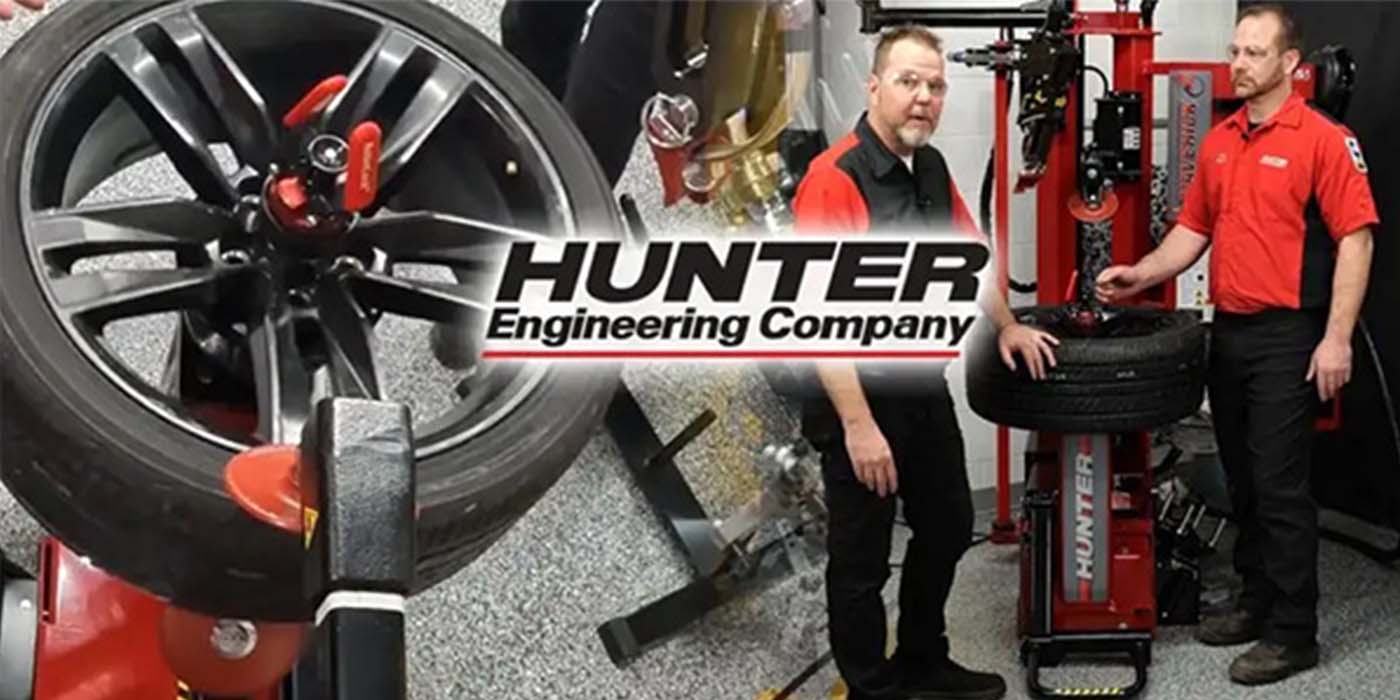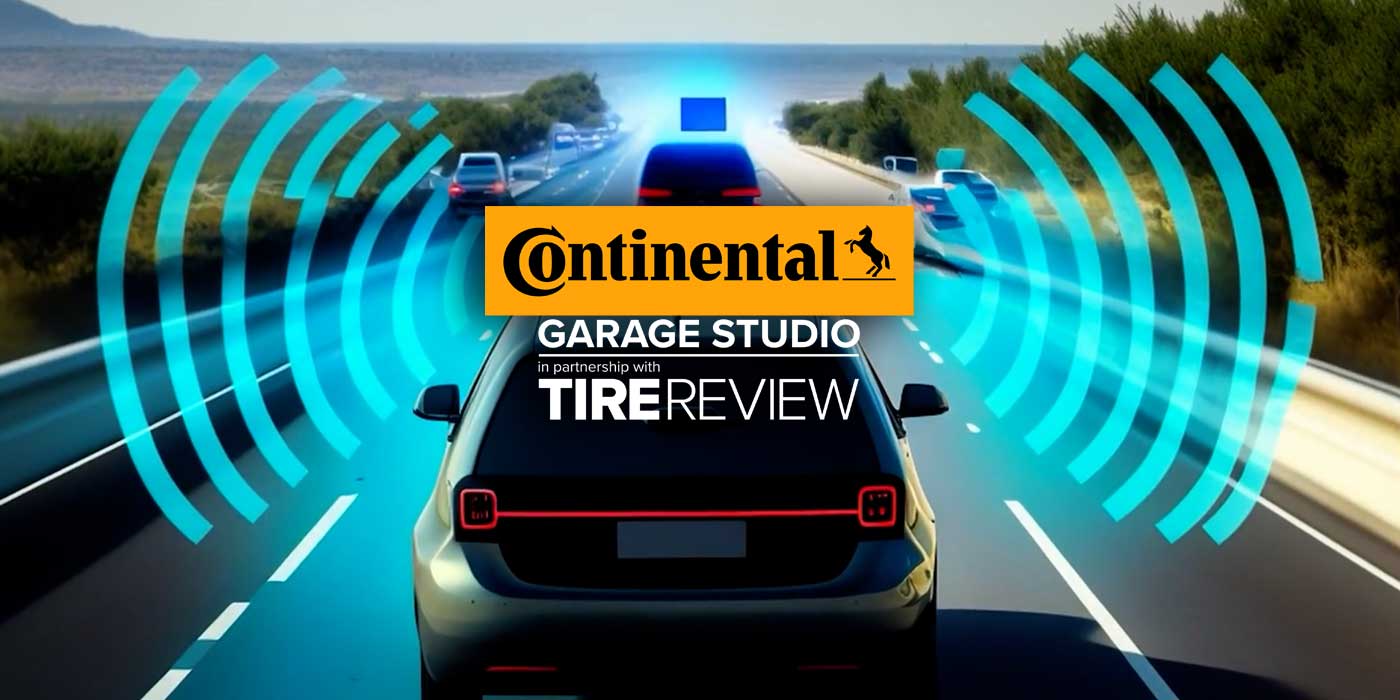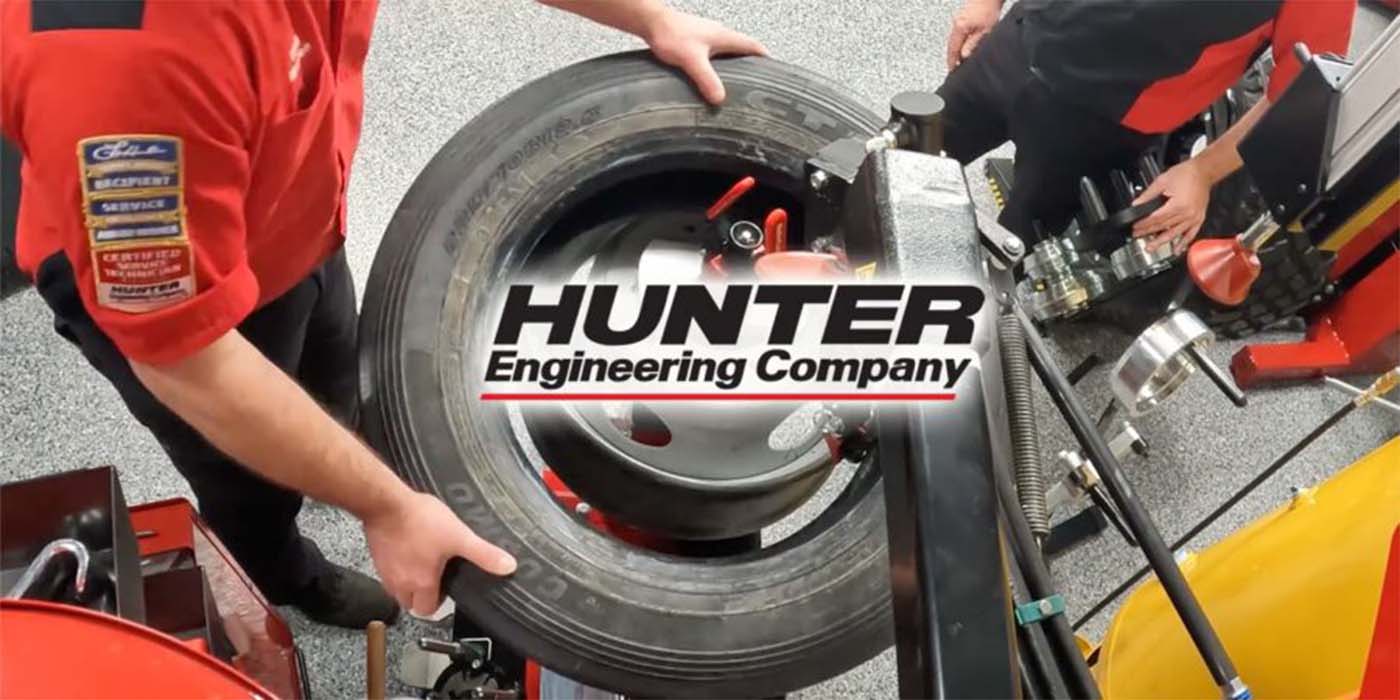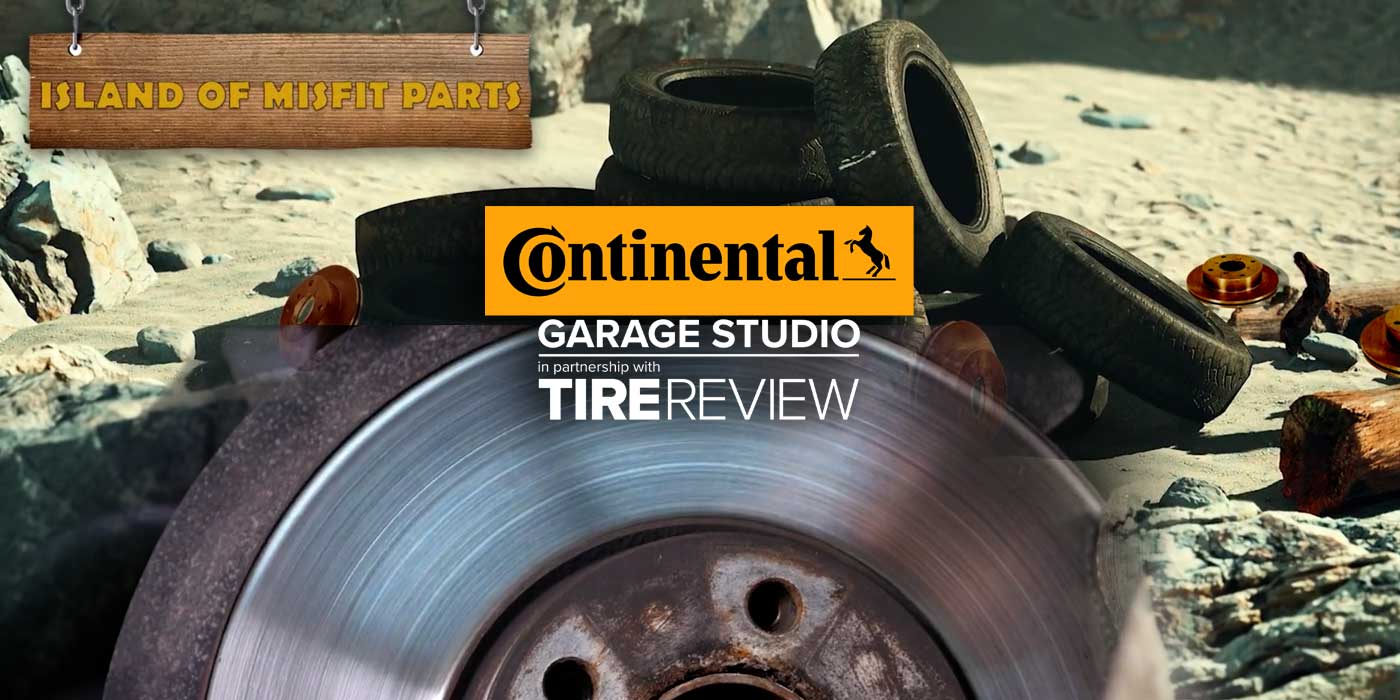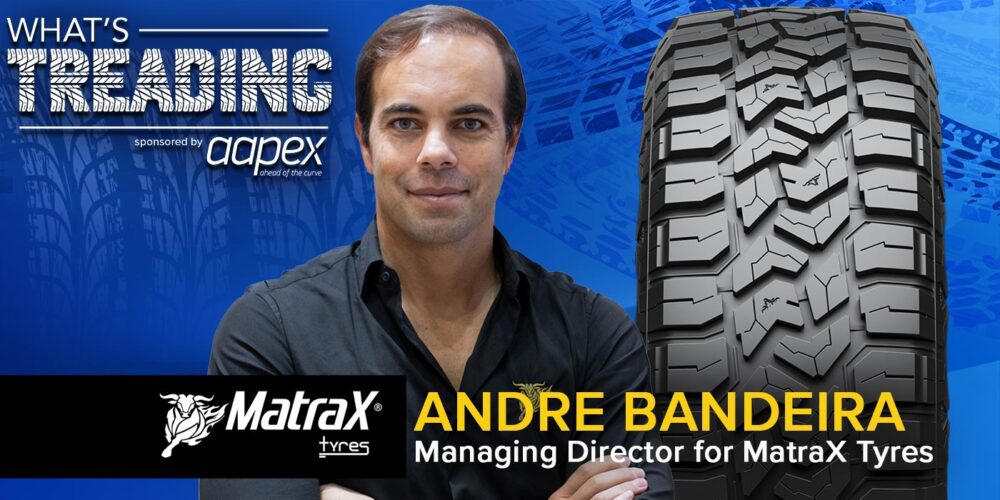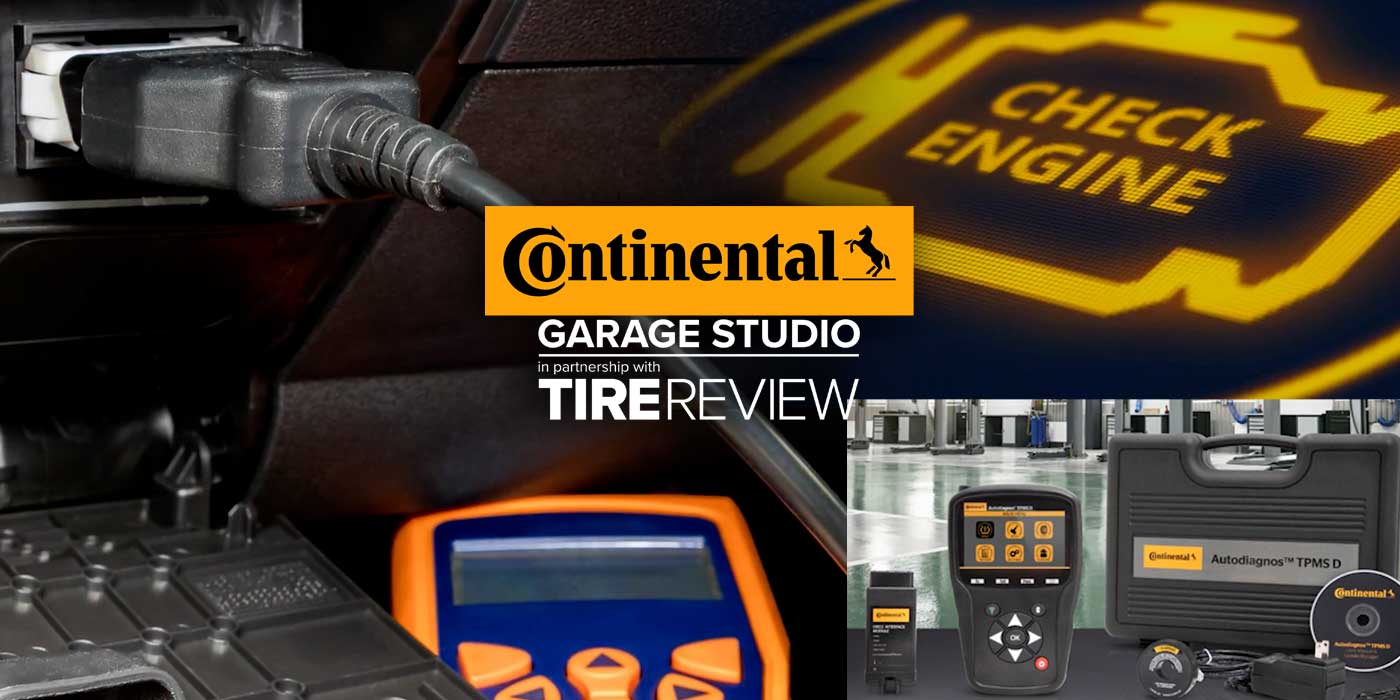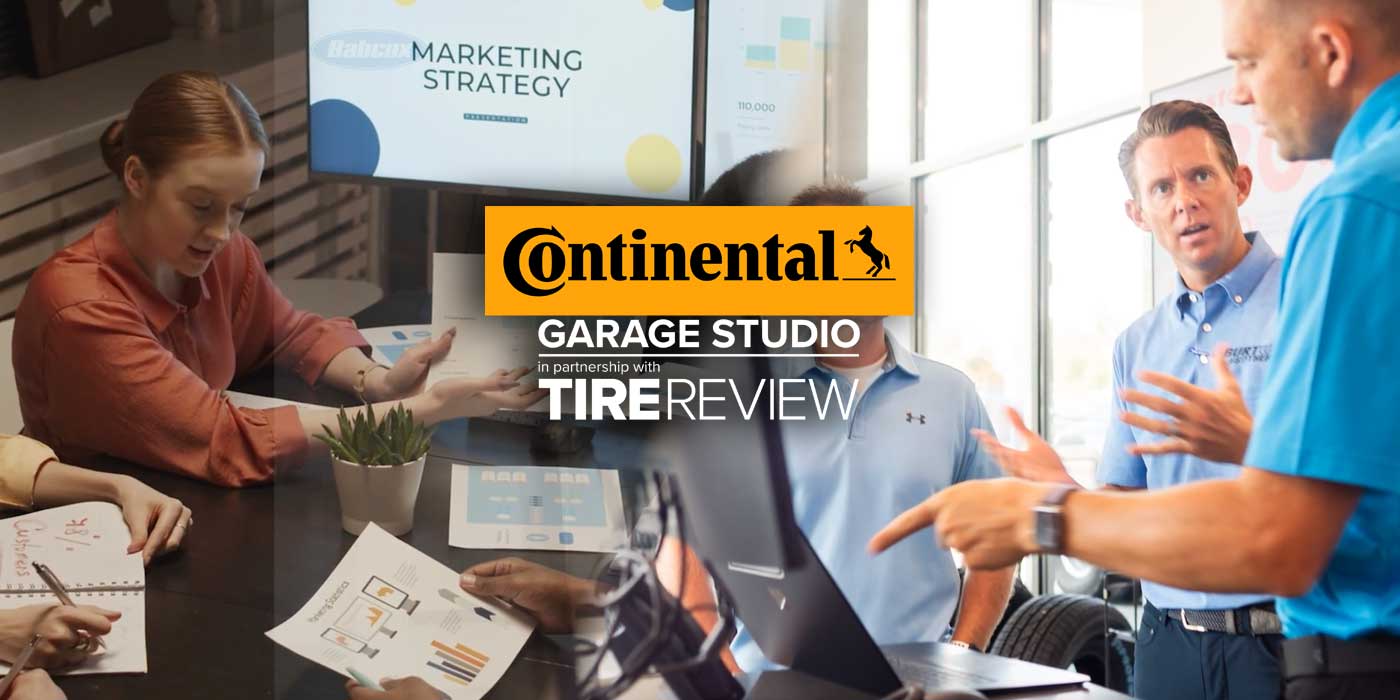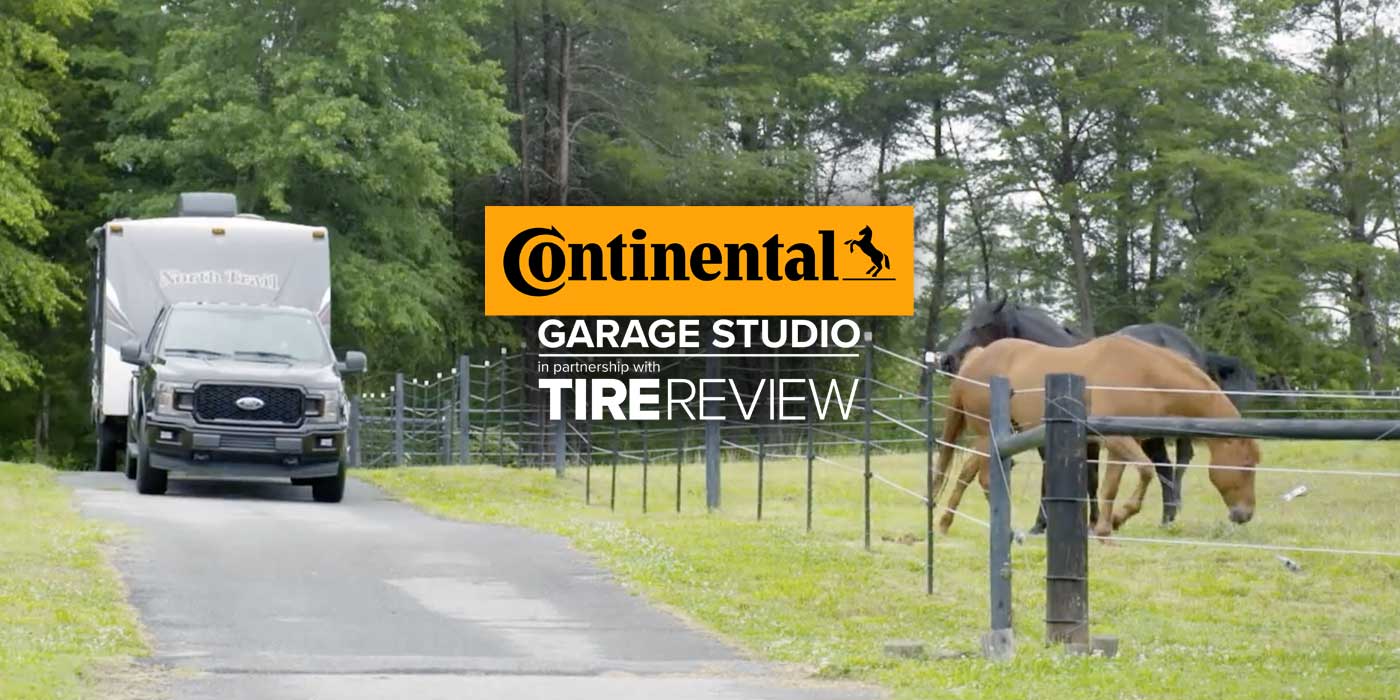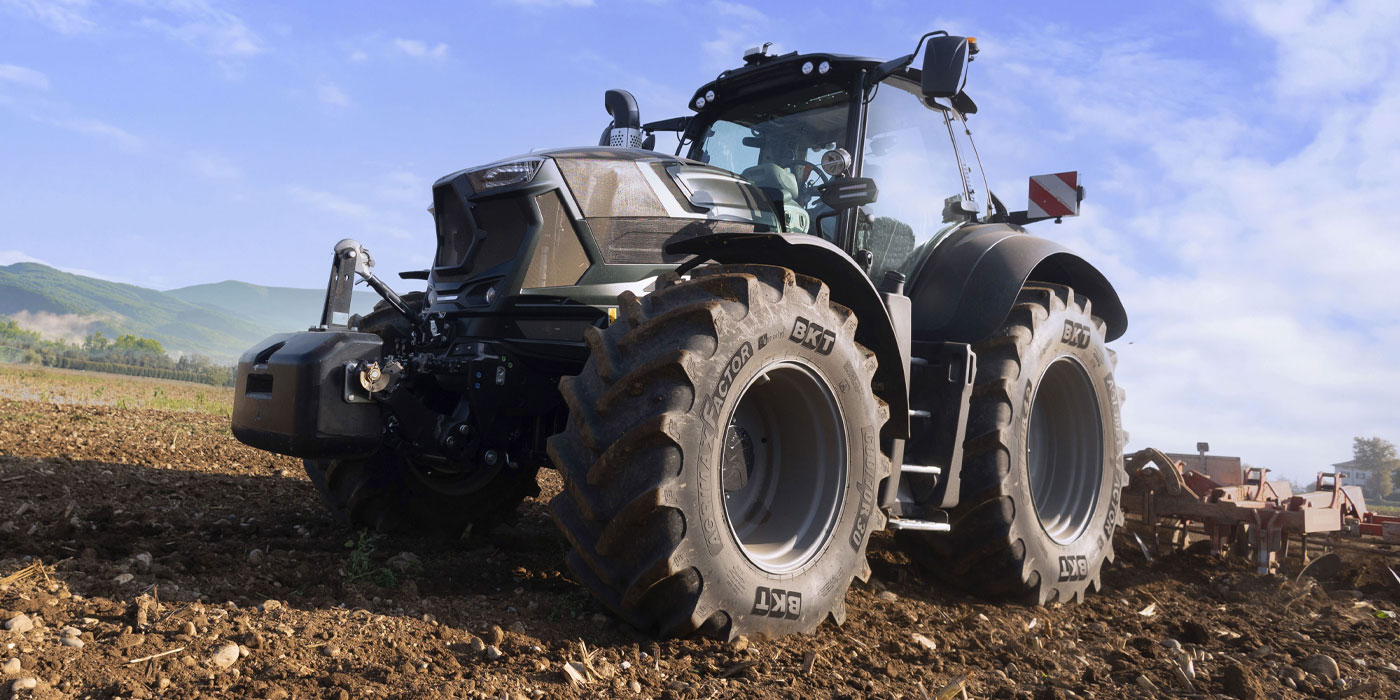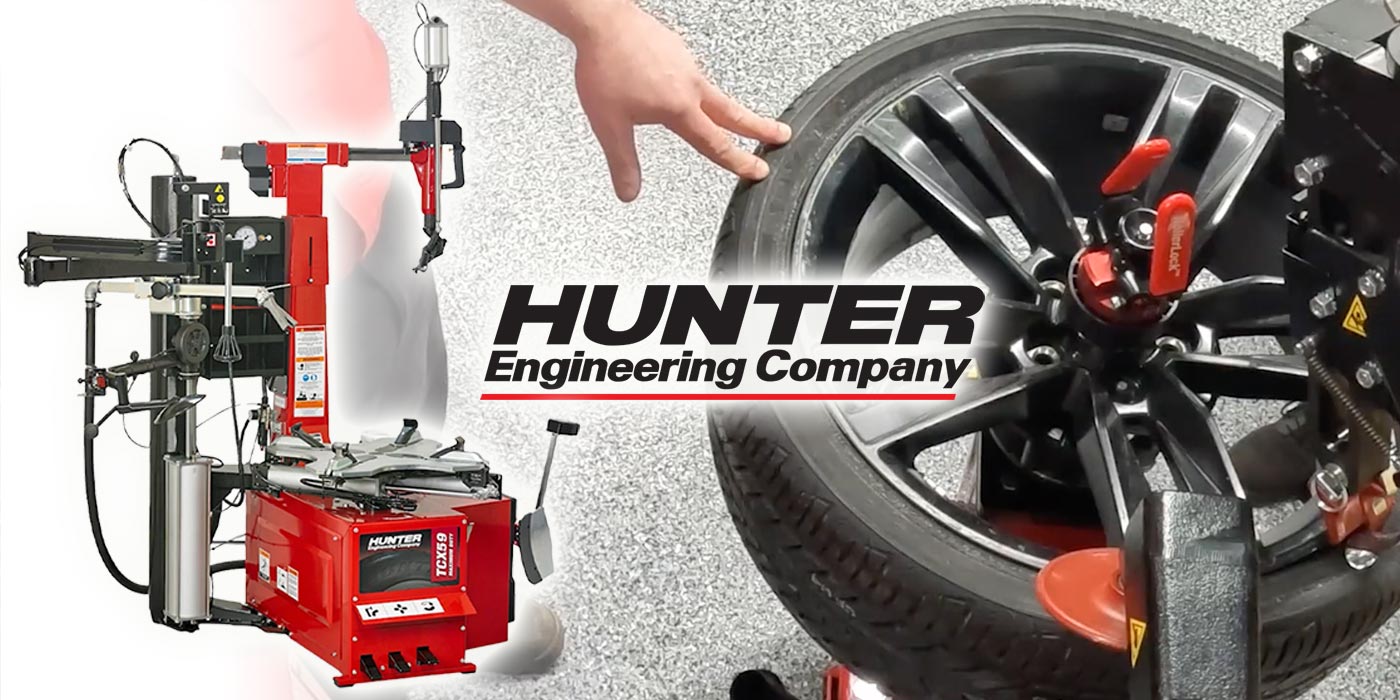As one of the foundational pieces of equipment in your shop, getting the details right when choosing a new automotive lift can help your workspace remain safe and productive for the lifetime of the lift. If you’re in the market, let’s talk about what you need to consider in this Tire Review Continental Tire Garage Studio video.
There is a variety of lifts on the market in all shapes and sizes, from two-post to four-post to scissor and mid-rise styles, and each is available with a range of elements intended to suit just about every need you might have.
So how do you choose?
First, know what types of vehicles you’re servicing.
Overloading your lifts is not only detrimental to the lifespan of the machine, but it’s also dangerous for your technicians. A 10,000-lb.-rated two-post lift is more than capable of lifting a Ford Focus that weighs less than 5,000 lbs., but that same lift won’t be able to handle the likes of a Class 6 truck, like an F550, which could weigh upwards of 18,000 lbs.
Most tire dealers use two-post lifts for general service and four-post lifts for alignments. When deciding on a two-post lift, shop owners need to decide what capacity they need for the vehicles they want to service. In general, heavy trucks should use a symmetrical design, while cars and light trucks can use an asymmetrical design.
Second, know what work you will be providing.
One lift may not necessarily fit every service category you’d like to accomplish at your shop. Do your technicians perform a lot of alignments? There’s a lift for that. Does your shop do a lot of general service? There’s a lift for that, too. Quick service or quick lube? Those are different kinds of lifts, too.
This should go without saying, but just in case it isn’t… it’s important to be intimately aware of the dimensions of your workspace, specifically the bay length and ceiling height, before pulling the trigger on their new lift.
Lastly, you need to be planning for the vehicles of tomorrow with your new lift
Your shop may only be working on lightweight vehicles today, but because a new lift is a potentially two-decades-long investment, shop owners will want to be prepared for vehicles that may be coming through their shop doors years down the line. An influx of medium-duty trucks or electric vehicles could require a whole new lift if the capacities of these vehicles weren’t originally taken into consideration – That’s a hassle, and lifts ain’t cheep, so do your homework.
Don’t forget to follow us on Instagram and Facebook and subscribe to our YouTube channel for more tire, service and shop operations videos.

